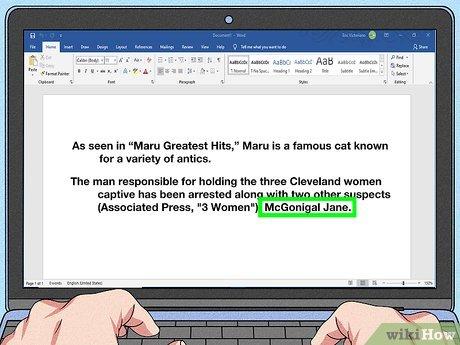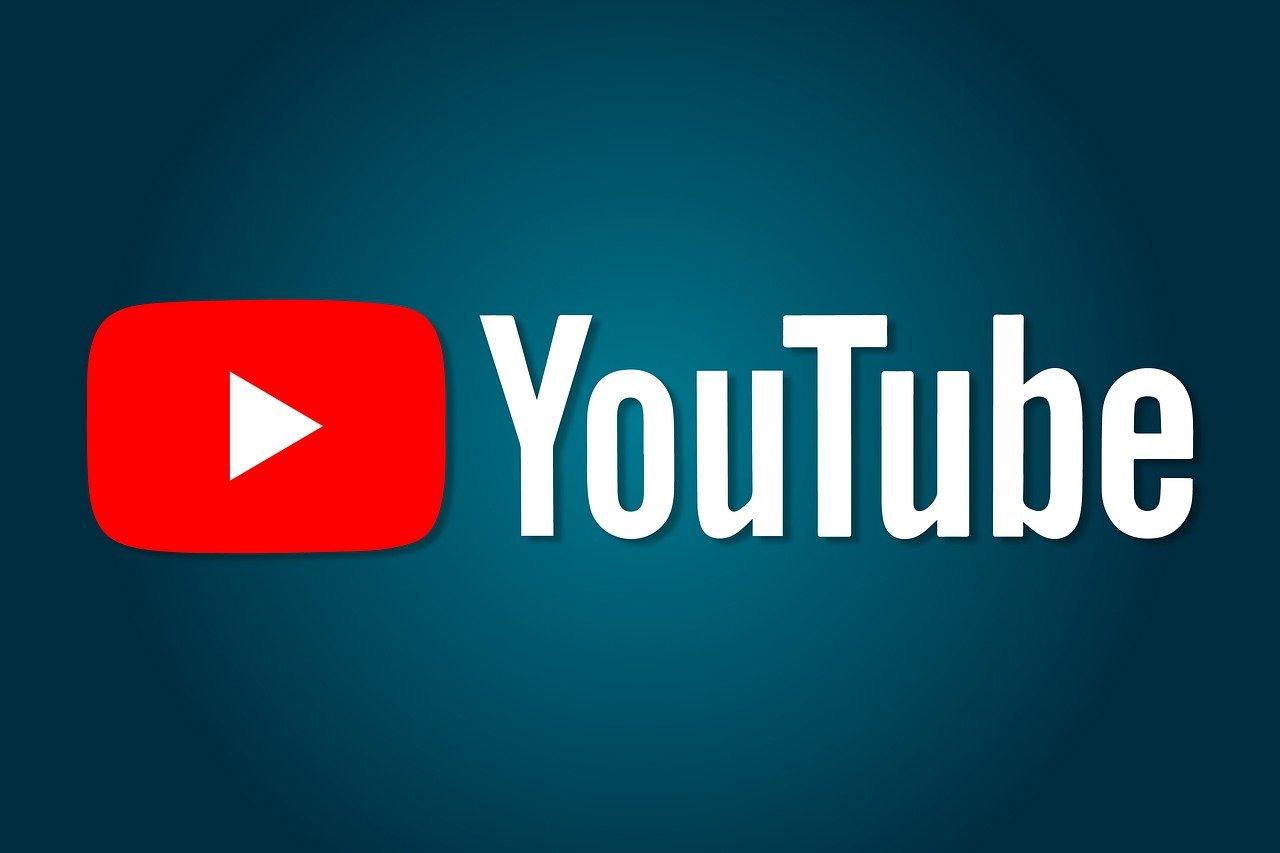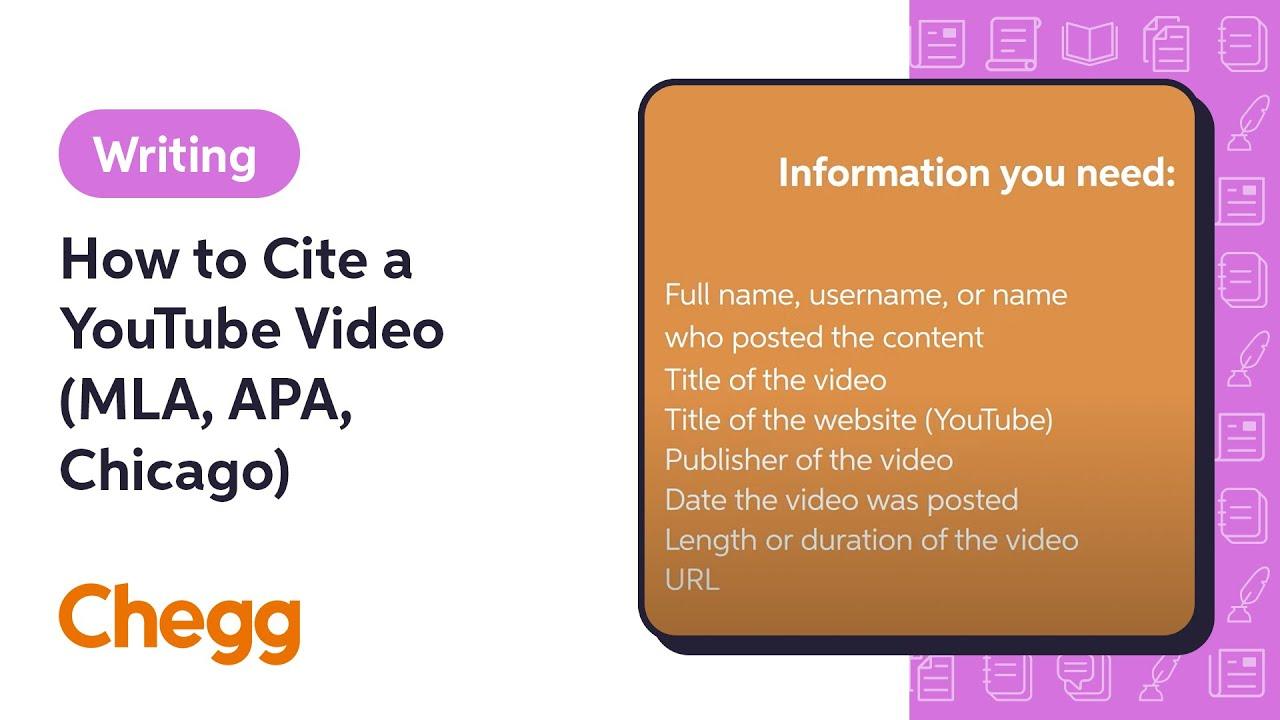Hey there! So, you’re diving into the world of APA citations, huh? If you’ve ever found yourself tangled up in trying to reference a YouTube video—maybe one that completely blew your mind with its insight or just made you laugh until you cried—you’re definitely not alone. With countless creators sharing their wisdom, humor, and everything in between, citing those golden nuggets of information in the proper format can feel like trying to find a needle in a haystack. But don’t worry! This guide is here to untangle the knots for you. Think of it as your friendly roadmap to mastering APA style when it comes to referencing YouTube videos. From understanding the essential details you need to capture to ensuring your citations shine brighter than a trending vlog, we’ll walk you through it all. So, grab your favorite beverage, get comfy, and let’s turn the daunting task of citing videos into a breeze!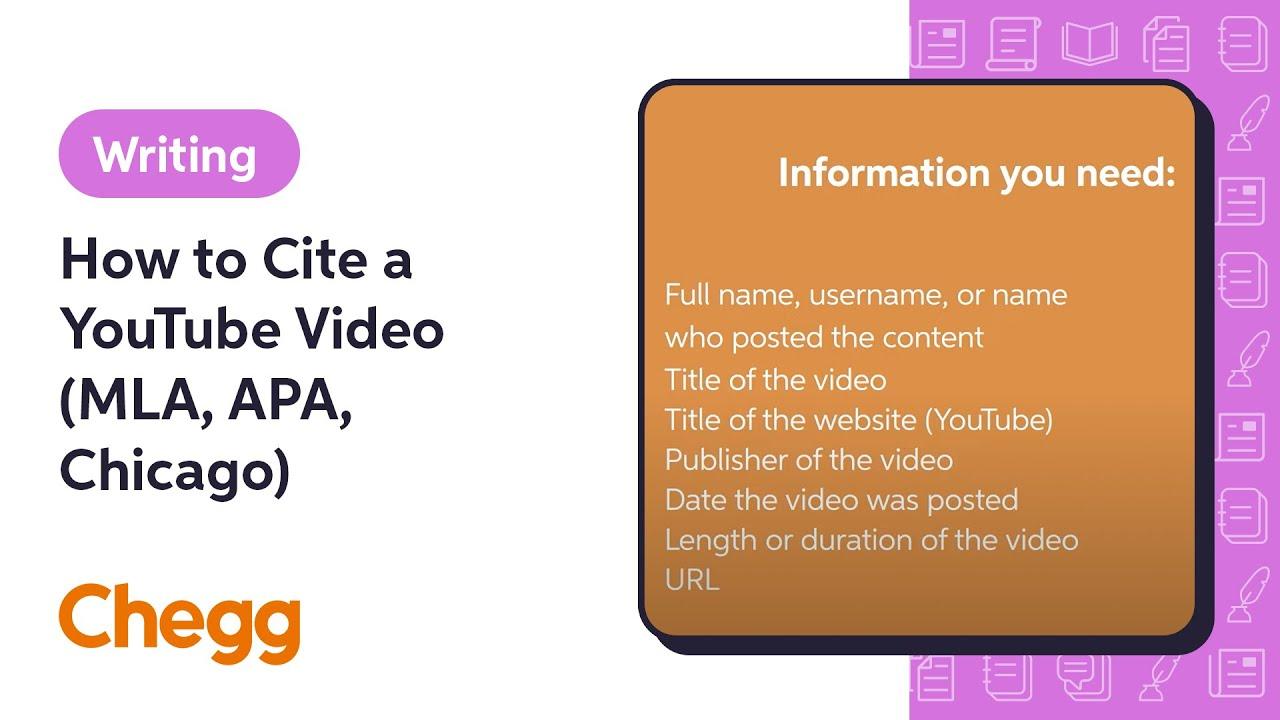
Crafting the Perfect Reference: Nailing Your YouTube Citations
When it comes to citing YouTube videos in APA format, it’s all about clarity and precision. First off, make sure to include the creator’s name, publication date, video title, and the URL. This way, your reader can easily locate the source. Here’s a straightforward formula to remember: Author, A. A. (Year, Month Day). Title of video [Video]. Website name. URL. It’s kind of like a recipe in cooking—if you miss an ingredient, the dish just doesn’t taste right! So, let’s dive deeper. If the video is part of a series or has specific details, don’t forget to note that, too; it adds a nice touch of detail that shows you’ve really done your homework!
Consider the following points to enhance your citations:
- Be attentive to detail: Double-check names and dates, even the smallest typo can confuse your audience.
- Use hanging indentation: This makes it easier for your readers to follow the flow of citations, which is especially helpful in long lists.
- Include retrieval dates sparingly: Only when the content is likely to change over time, like wikis.
Here’s a handy table to keep your citations straight:
| Element | Example |
|---|---|
| Author | Smith, J. |
| Date | 2022, February 15 |
| Title | How to Bake a Cake [Video] |
| URL | www.youtube.com/example |
By following these guidelines, you’ll not only meet academic standards but also impress your readers with your thoroughness. Remember, citations are like the seasoning in your writing; they can elevate your work from basic to brilliant!
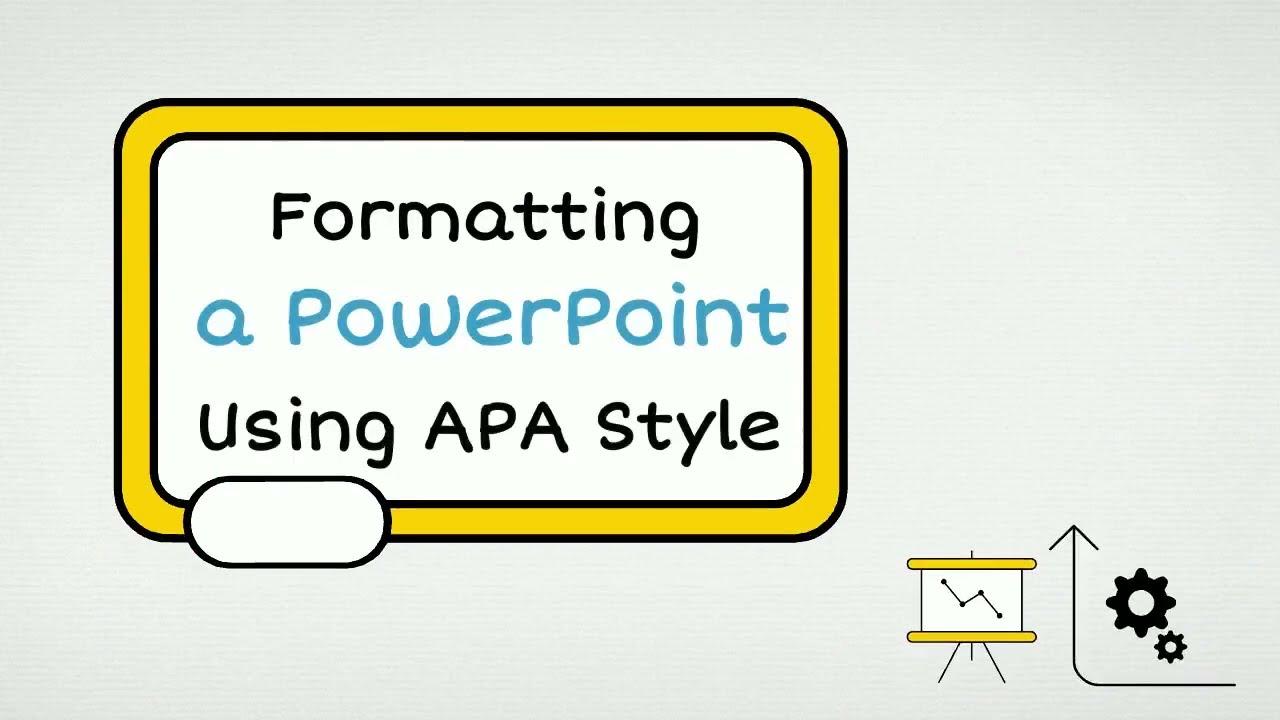
Understanding the Essential Components of APA Style for Videos
When it comes to citing videos in APA style, understanding the essential components is critical. First off, you need to include the author’s name, which could be an individual or an organization. Next up is the publication date—this tells your audience when the video was made available. It can be tempting to gloss over this detail, but it’s a key indicator of relevance and timeliness. Then, you’ll want the title of the video in italics, followed by the format in brackets (like “Video”), helping readers understand what kind of source they’re dealing with. Don’t forget the URL where the video can be found; this makes it super easy for anyone wanting to check out the content firsthand.
Here’s a quick list of what you need for a solid APA video citation:
- Author’s Name
- Publication Date
- Title of Video
- Format in Brackets
- URL
To paint a clearer picture, here’s a simple example displayed in a handy table format. It features the various elements you should pull together in your citations.
| Component | Details |
|---|---|
| Author | Jane Doe |
| Publication Date | 2022, March 5 |
| Title | Understanding APA Style |
| Format | [Video] |
| URL | www.youtube.com/xxxxxxxx |
And there you have it! With these elements at your fingertips, citing videos in your academic work will be smooth sailing.

Navigating Credibility: Choosing the Right YouTube Content to Cite
When diving into the depths of YouTube for credible sources, it’s vital to keep your wits about you. Not every video out there is going to be a goldmine of knowledge. So, how do you sift through the ocean of content and find the pearls worth citing? Start by asking yourself a few key questions. Is the creator a recognized expert in their field? Do they provide evidence or references for their claims? Consider the overall production quality too; a well-researched, thoughtfully presented video often indicates a serious approach to the subject matter. In this digital age, it’s almost like playing detective—don’t just be wowed by flashy visuals, dig deeper!
Here’s a quick checklist to help you decide if a YouTube video is credible:
- Expertise: Does the presenter have qualifications or experience related to the topic?
- References: Are there sources or citations provided in the video description?
- Engagement: How does the audience respond? Look for thoughtful comments and discussions.
- Balance: Does the video present multiple viewpoints, or is it pushing a single narrative?
| Criteria | Importance |
|---|---|
| Expertise | High |
| References | Medium |
| Engagement | Medium |
| Balance | High |
Keeping these pointers in mind will make your search easier and help ensure you’re citing credible sources. After all, the strength of your arguments hinges not only on your insights but also on the reliability of the information you choose to back them up. So go ahead, explore YouTube with confidence, and remember—your audience trusts you to bring the best to the table!
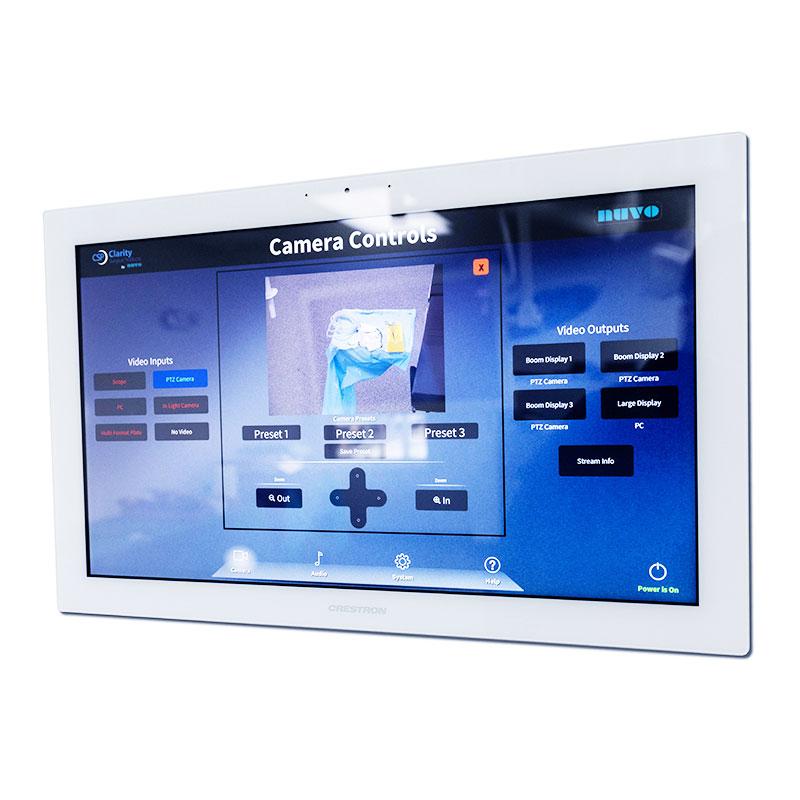
Tips and Tricks for Seamless Integration of Video Sources in Your Work
Integrating video sources into your academic or professional work doesn’t have to feel like threading a needle in the dark. Think of it more like piecing together a jigsaw puzzle where each clip adds to the bigger picture. Start by ensuring that you maintain the right context around the video. This isn’t just about slapping a URL at the end of your paper; instead, share why that specific video complements your argument or supports your findings. Embed videos directly within your work where relevant. It not only enhances the visual appeal but also gives your audience an immediate way to engage with your source material without the risk of losing their place in your writing. A little touch of visual storytelling can go a long way! Remember, you’re not just sharing a video; you’re inviting your readers into a richer understanding of your topic.
Next, don’t shy away from analyzing the content of the videos you use. Just because it’s a YouTube clip doesn’t mean it’s a free-for-all. Make an effort to evaluate the credibility of the source—who made the video, what are their qualifications, and what purpose does it serve? When you tackle each video with a critical eye, you’re not just integrating a source; you’re weaving a narrative that showcases your depth of understanding. Here’s a handy little table to help you remember the key elements when assessing a video source:
| Element | What to Check |
|---|---|
| Source Credibility | Who created the video? Are they an authority in the field? |
| Content Relevance | How does this video relate to your topic? |
| Engagement Quality | Does the video present information in a captivating way? |
| Viewer Perspectives | What feedback or ideas do other viewers express? |
In Summary
And there you have it, folks! You’ve journeyed through the ins and outs of mastering APA citations for YouTube videos. Just like a chef perfecting a recipe, the more you practice, the more natural it’ll feel to weave those references into your work. Whether you’re crafting a research paper, a presentation, or just want to sound extra savvy in your next academic discussion, you now have the tools to make your citations pop like confetti at a party!
Remember, the key is to stay organized and consistent. Don’t hesitate to bookmark this guide or share it with your peers—knowledge is best when shared! Next time you find that perfect YouTube video to support your argument or inspire your reader, you won’t be fumbling around, wondering how to credit it. Instead, you’ll do it with the confidence of a pro.
So, grab that popcorn, dive back into the world of YouTube, and keep using those sparkling citations to elevate your work. Happy citing! 🎉
